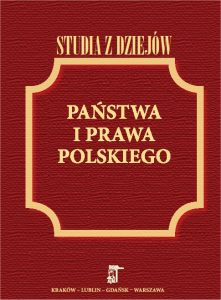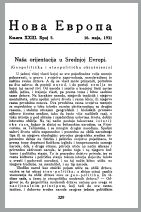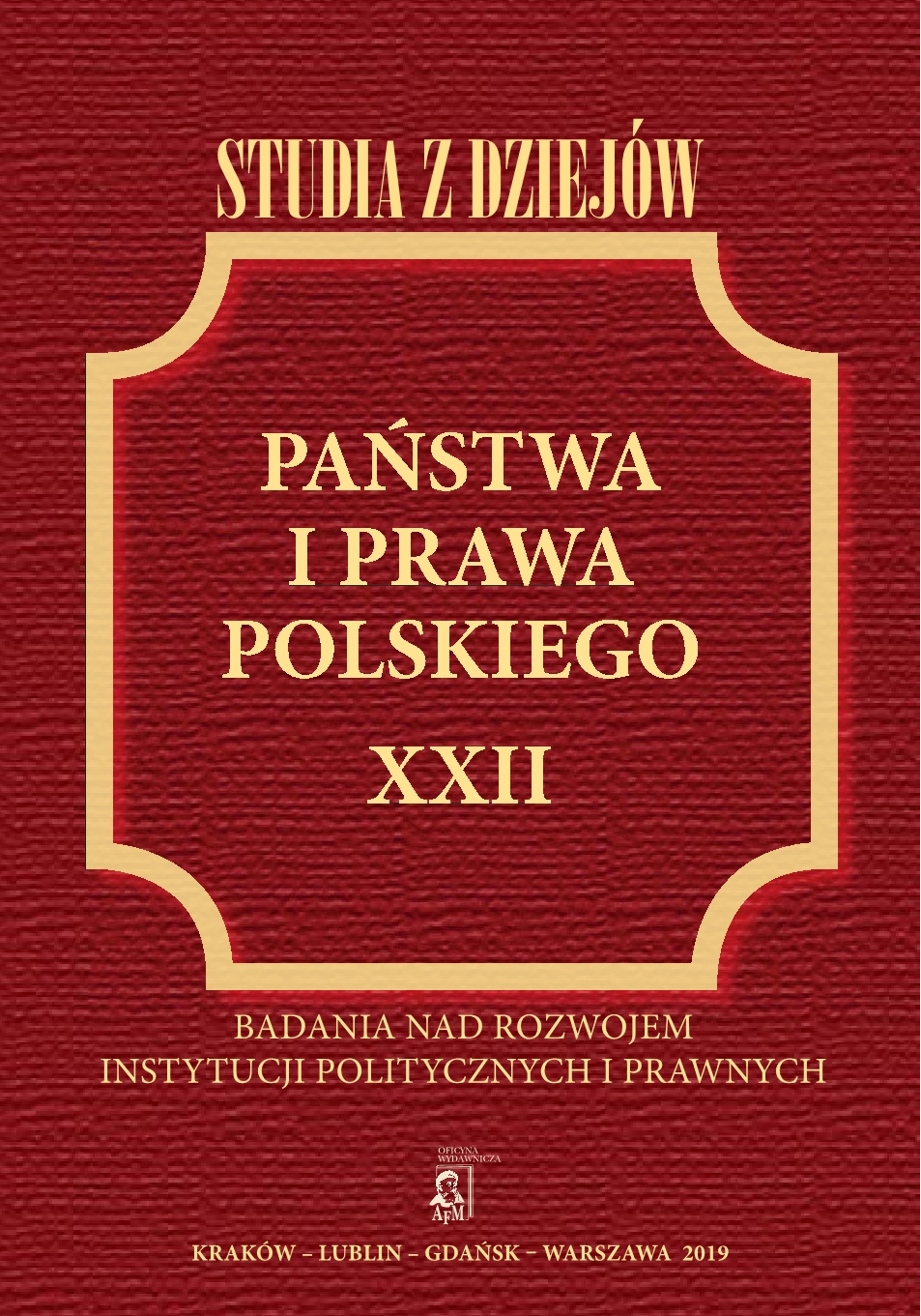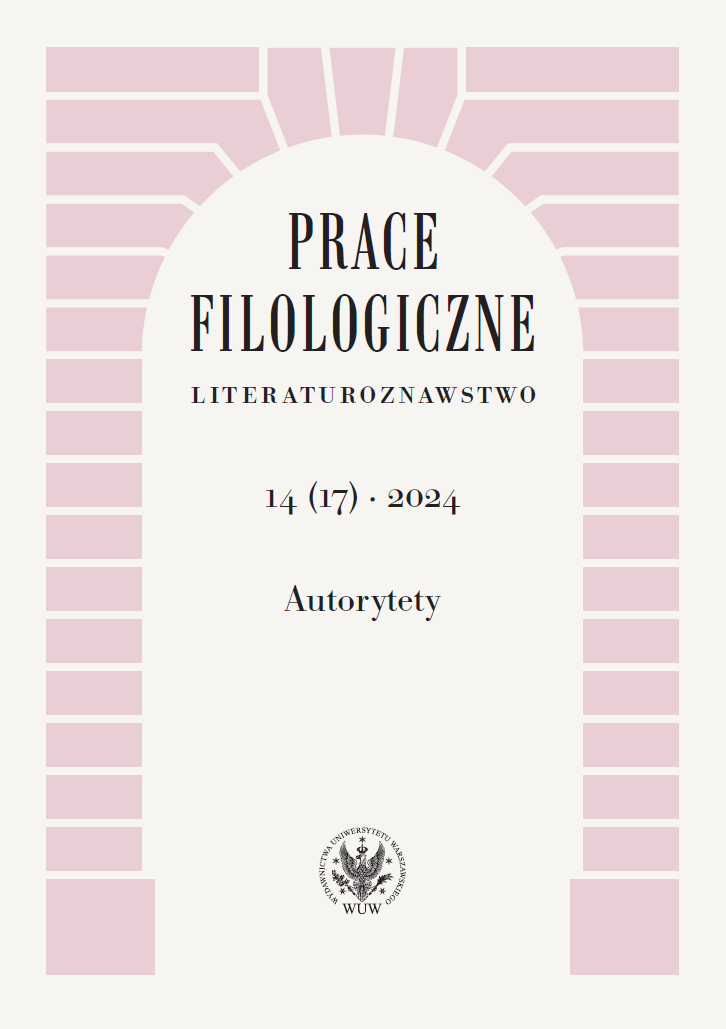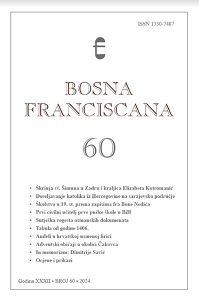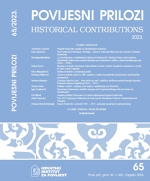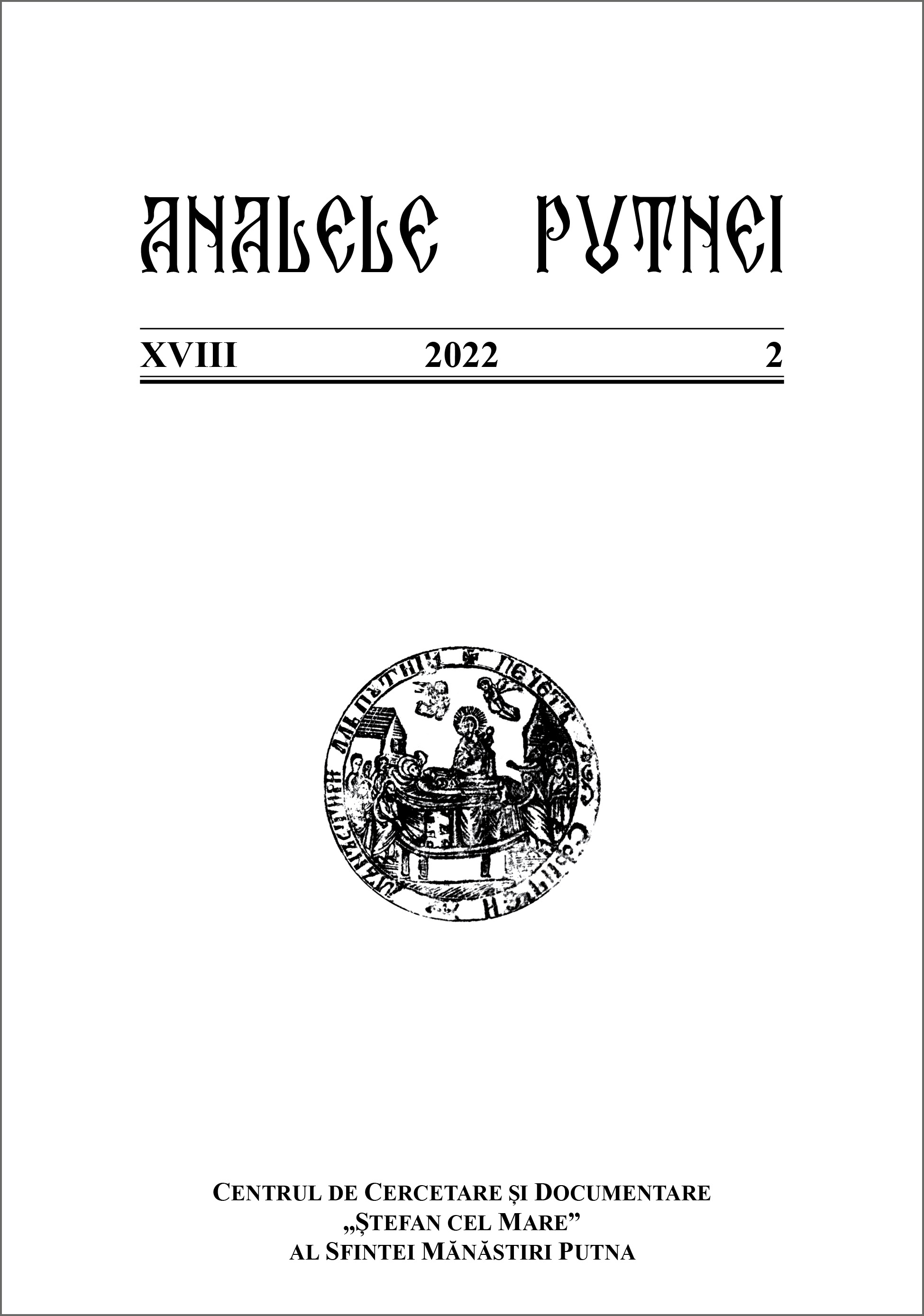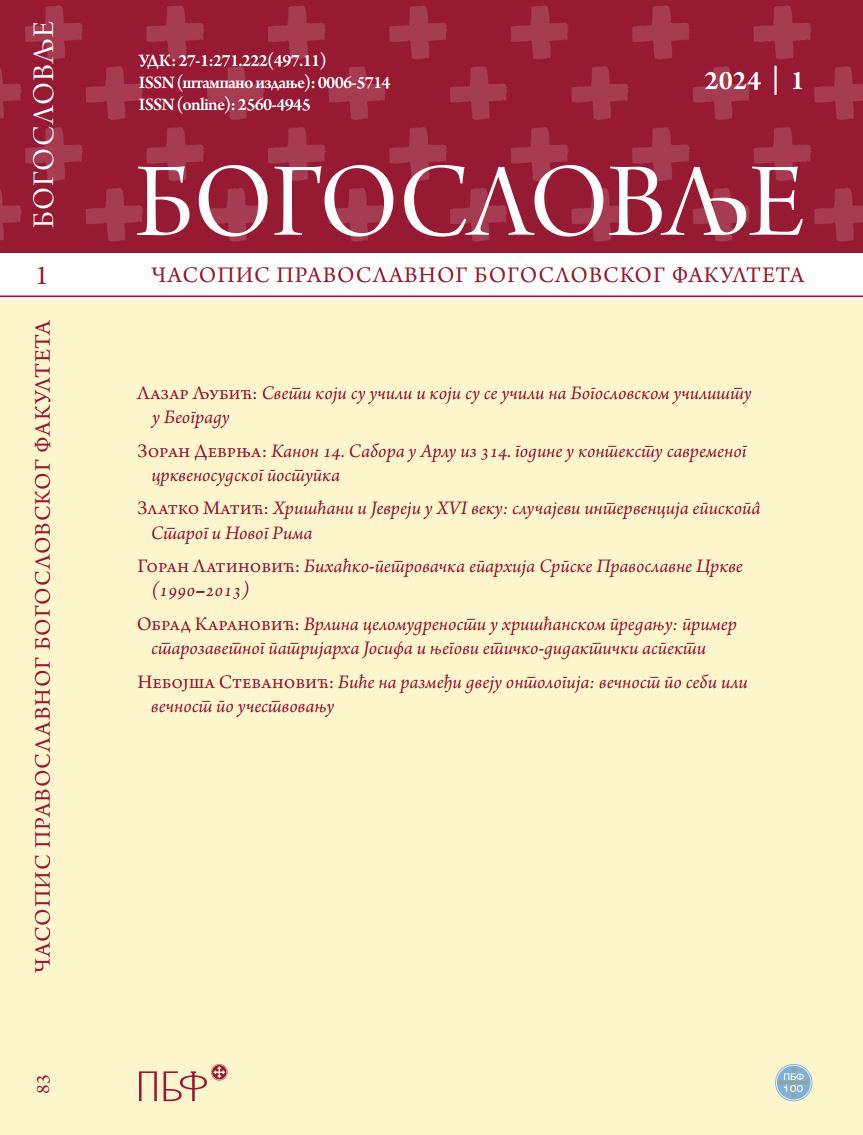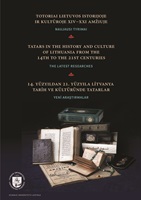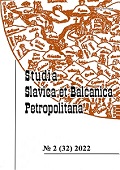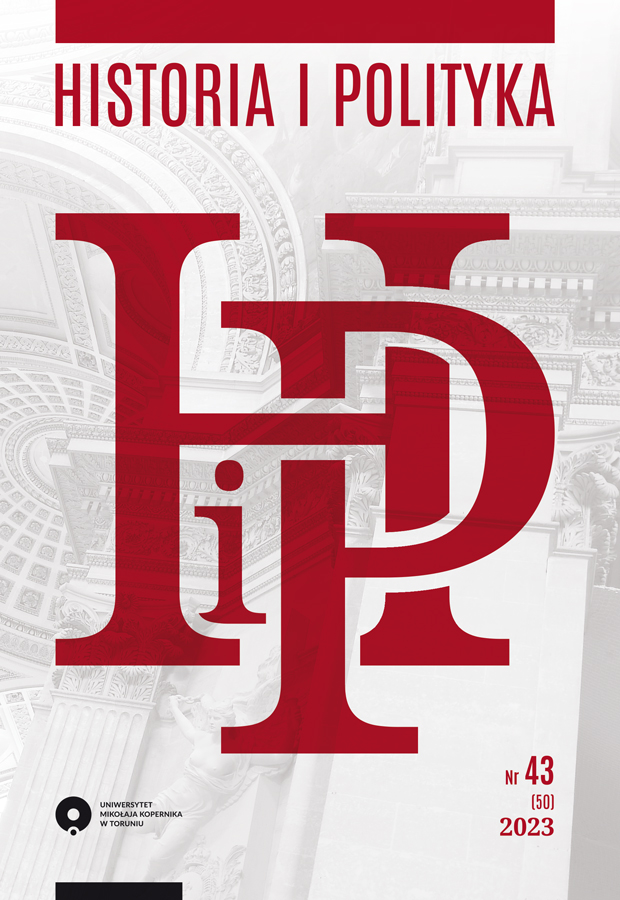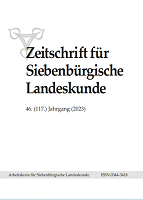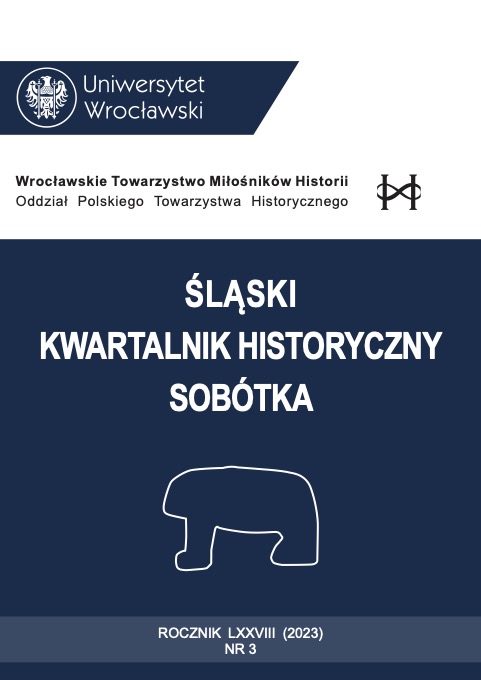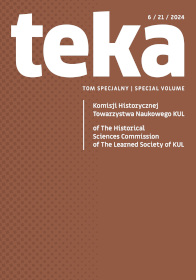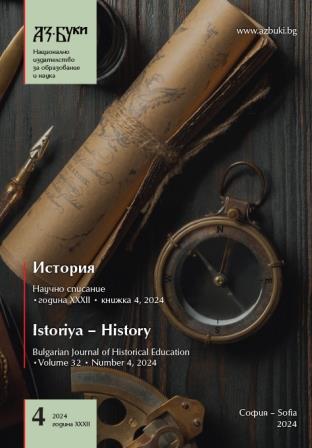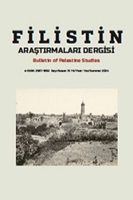Author(s): Vladyslav V. Hrybovskyi / Language(s): Russian
Issue: Spec/2023/2023
The ethnic and demographic situation on the borderland of the Grand Duchy of Lithuania and the Crimean Khanates is analysed on the basis of narratives (Michalon Lituanus, Marcin Broniowski, Marcin Bielski, Bartosz Paprocki) and documentary sources (publications “Lithuanian Metrics”, “Archive of South - Western Russia”, documents of the Russian State Archive of Ancient Acts, Central State Historical Archive of Ukraine). The boundaries laid by the local prince of Kiev Simeon Olelkovich in the 15th century were significant for a later time as a precedent for ideas about the boundary between the Black Sea Tatars and Ukrainian Cossacks. The Zaporozhian Host at the early 18th century referred it as “Vytautas borders”. However, this “boundary” was conditional. The steppe space between the rivers Southern Bug and Dnieper was occupied by the Ukrainian Cossacks (later the Zaporozhians) in the summer, and by the “Perekop Tatars” in the winter. The seasonal migrations, set by the conditions of the first half of the 16th century, persisted until the middle of the 17th century. The notion “Tatars” is a conventional designation for the Turkic-speaking population in the Black Sea steppe before the migration of the Noghais to this region in the second half of the 16th to early 17th centuries. “Perekop Tatars” were not nomads, but a semi-sedentary population. Economic occupations and the degree of settlement of this population differed according to gender, age and social position. Women, children, clients and slaves lived in stationary settlements, were engaged in agriculture and horticulture. Full-fledged men led an mobile lifestyle, were engaged in stockbreeding, hunting and war. The economy was based on sheep and horse breeding. Particular attention is paid to the male groups of the “Perekop Tatars”, which had a changeable and often multiethnic composition, combined shepherding and war, and for a long time were without a family and permanent place of residence. Some demographic data (cited by Gilles Veinstein) indicate a significant excess of the number of men relative to women. These male groups in the sources of that time are designated as “Kazak” and “Çoban”.
More...
